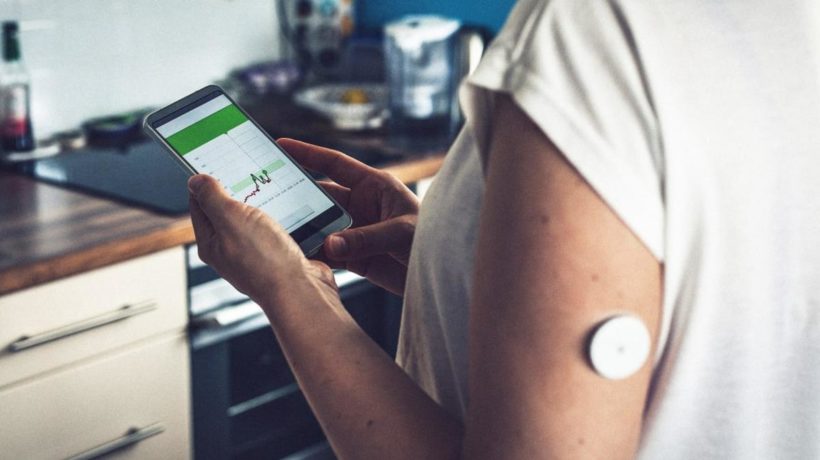The future of medicine and health care is here, thanks to COVID-19. The nature of this pandemic is forcing the adoption of telemedicine as means of enabling healthcare.
The rapid spread of the novel coronavirus has forced many patients to be their own doctors, for better or worse, a trend that will likely continue long after the pandemic subsides. And design will play a crucial role in how we adjust to this new reality.
Virtual medicine might seem unwise or unnecessary in non-crisis times, but there are some demographic shifts underway, which suggest that it is all but inevitable. The world’s population is aging. At the same time, a shortage of medical professionals threatens to leave vulnerable groups without adequate care. Think countries with poor health systems and medical professionals who are overwhelmed by the demand for healthcare. Medical costs are also not helping the situation as many can hardly afford quality healthcare.
As a result, the home is becoming the most important real estate in healthcare. Technological advancements, like wearables and electroceuticals, give patients a way of assessing their health without stepping foot in a doctor’s office. Researchers are also developing at-home systems, such as sensors placed underneath tiles, which allow doctors to measure and evaluate changes in walking gaits and weight that might suggest illness or injury. Researchers are even conceptualising products such as cancer-detecting mirrors and robots that could eventually do at-home surgery.
There’s a strong economic incentive at play here. According to Accenture, uses of virtual health could generate an economic value of approximately $10 billion annually across the U.S. health system over the next few years, without expanding the primary care workforce.
Here’s the rub: People want answers to their health problems, but not many consumers really want to become their own doctors. That’s a lot of responsibility. It also means that the devices and systems we usher into our homes in the era of virtual medicine can’t fail. And that’s where design will play a key role.
For starters, the design of these products will have to serve several audiences. To truly work within the care ecosystem, a product has to meet the needs of clinicians, physicians, nurses, caregivers, and patients. Take the aforementioned tiles for tracking gait and weight. How it fits in a patient’s home, so that it doesn’t feel intrusive, is a paramount consideration. But the system also has to transmit data in a coherent, usable way to the patient’s doctors and medical staff. These are two very different, but equally important, design problems.
Throughout history, crises have led to significant innovations. That will no doubt be the case here, as the Covid-19 pandemic forces us to rethink the practice and delivery of healthcare. But at the center of any profound change must be a sense of humanity. The ultimate challenge will be to design the healthcare product of the future with empathy for all its users.
Originally published on fastcompany.com







